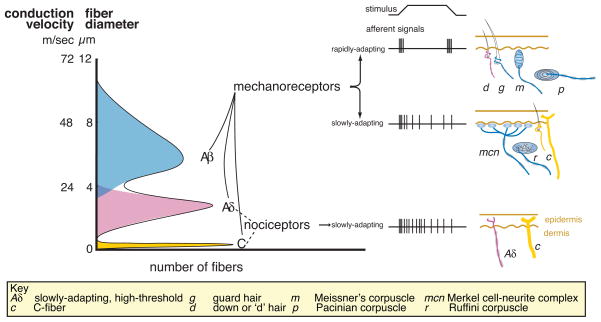Figure 4. Classification schemes for skin mechanoreceptors in mammals.
Mammalian mechanoreceptor nerve fibers are classified by according to three physiological properties: 1) the speed of action potential propagation (which depends on fiber diameter and myelination state); 2) the threshold for activation; and 3) the rate of adaptation to mechanical stimuli. The broad categories of Aβ, Aδ and C-fibers are defined by their propagation speeds where Aβ-fibers have the most rapid propagation speeds and the slender, unmyelinated C-fibers have the slowest. Most fibers in these categories share other properties. For example, C fibers have slow rates of adaptation to mechanical stimuli and many have high mechanical thresholds. In contrast, most Aβ-fibers have low mechanical thresholds and these fibers are thought to innervate light-touch receptors in the skin. The challenge is to link fiber properties to the diverse endings in the skin.

